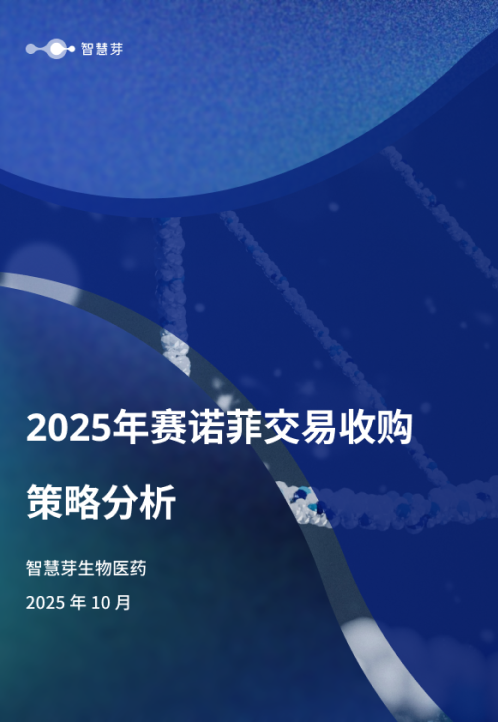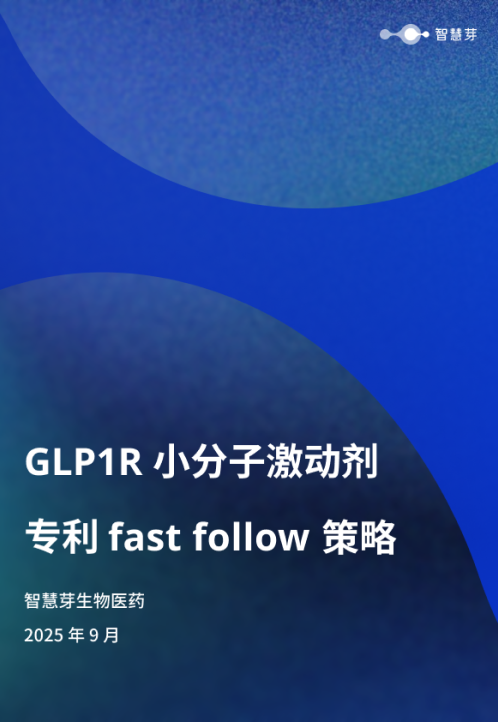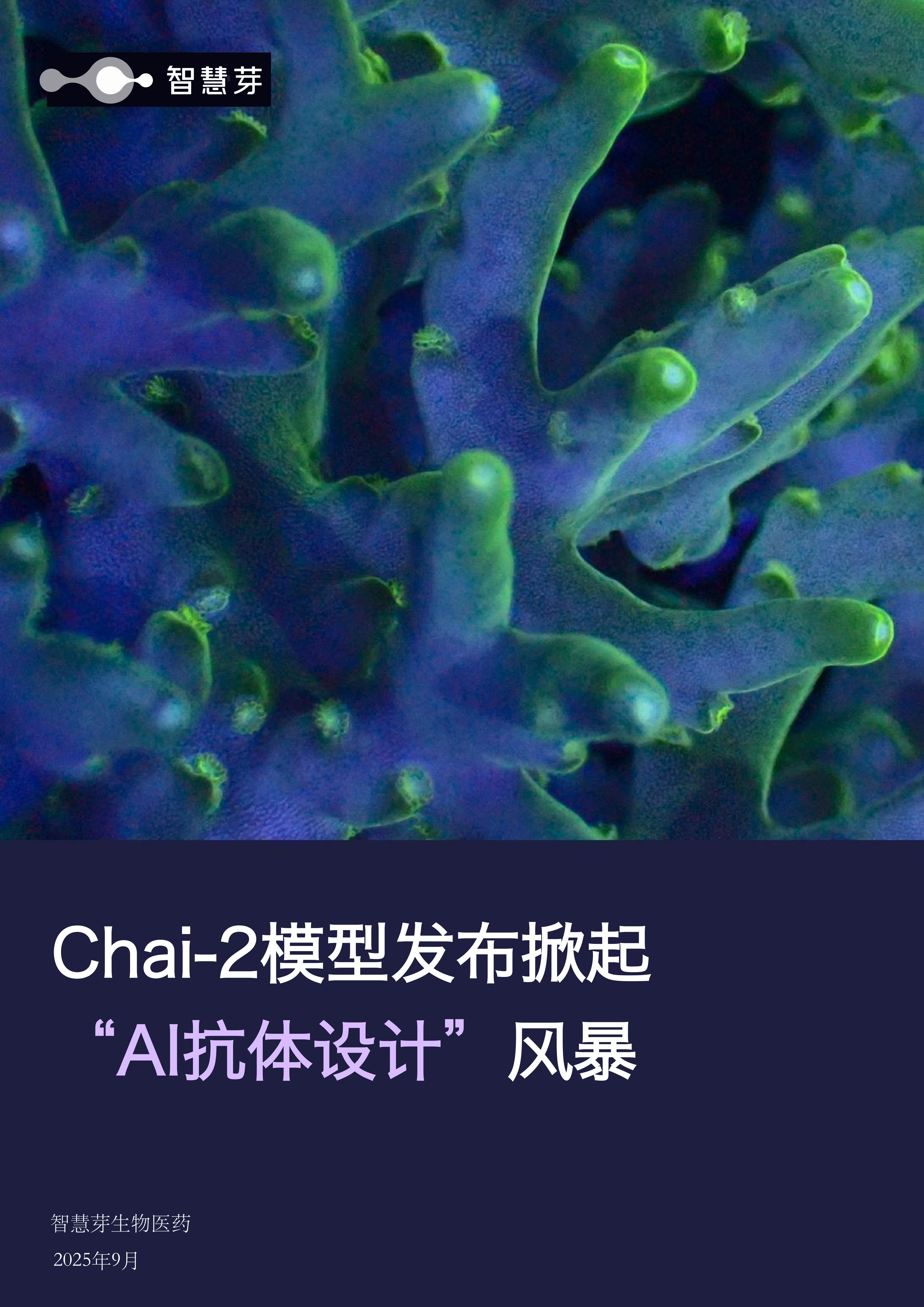预约演示
New data for Roche’s Susvimo demonstrates sustained efficacy in two serious diabetic eye conditions
临床结果临床3期上市批准
Two-year Phase III data presented at ASRS 2024 show Susvimo’s potential as an alternative to eye injections to treat diabetic macular edema (DME) and diabetic retinopathy (DR)
Susvimo is a unique therapeutic approach that provides continuous delivery of medicine to the eye through a refillable implant
Basel, 18 July 2024 Roche (SIX: RO, ROG; OTCQX: RHHBY) announced today two-year data from the Phase III Pagoda and Pavilion studies evaluating Susvimo® (Port Delivery System with ranibizumab) for the treatment of diabetic macular edema (DME) and diabetic retinopathy (DR), respectively, the two leading causes of vision loss in adults with diabetes.1-4 Susvimo is the first and only refillable eye implant that provides continuous delivery of a customised formulation of ranibizumab via the Port Delivery Platform.5 The results build on the primary one-year analyses of the Pagoda and Pavilion studies, with Susvimo demonstrating sustained efficacy over two years and safety consistent with the known safety profile for Susvimo in people with DME and DR.6-9 Detailed results were presented at the American Society of Retina Specialists (ASRS) 2024 Annual Meeting in Stockholm, Sweden.
Additionally, the United States (US) Food and Drug Administration (FDA) has accepted Roche’s supplemental Biologics License Application (sBLA) for Susvimo for the treatment of DME and DR. The filing acceptance is based on the one-year results from the Phase III Pagoda and Pavilion studies, which showed that both studies met their primary endpoint.6,7 To date, Susvimo is approved in the US for the treatment of neovascular or ‘wet’ age-related macular degeneration (nAMD).10
“These efficacy and safety results demonstrate that Susvimo can deliver robust vision outcomes over two years for people with diabetic eye diseases that can cause vision loss,” said Levi Garraway, M.D., Ph.D., Roche’s Chief Medical Officer and Head of Global Product Development. “If approved by the US FDA, Susvimo could bring a new treatment paradigm for diabetic eye diseases. We hope to bring this option to people with diabetic macular edema and diabetic retinopathy as soon as possible to help maintain their vision and potentially their independence.”
One-year primary data supporting US sBLA in DME and DR6,7
Treatment for DME typically involves regular eye injections every one to four months.11-13 In Pagoda, people with DME who received Susvimo refilled every six months achieved non-inferior visual acuity gains compared with those receiving monthly 0.5 mg ranibizumab intravitreal injections. Approximately 95% of patients treated with Susvimo did not need additional treatment with supplemental injections during the primary analyses study period (64 weeks). In Pavilion, people with DR who received Susvimo refilled every nine months achieved superior improvements on the Diabetic Retinopathy Severity Scale (DRSS) compared with participants under monthly clinical observation. No individuals treated with Susvimo needed additional treatment with supplemental injections during the primary analyses study period (52 weeks), compared to 60% in the control arm.
Two-year Pagoda and Pavilion results presented at ASRS8,9
In Pagoda, people with DME receiving Susvimo refilled every six months through approximately two years (112 weeks) continued to maintain improvements in vision gains seen at one year (9.8 eye chart letters). A gain of 9.8 eye chart letters is similar to gaining two more lines on an eye chart. Approximately 95% of individuals did not need additional treatment with supplemental injections. Anatomically, Susvimo showed sustained improvements in central subfield thickness (CST) through week 112. Reduction in CST, a measure of retinal drying, is an indicator of swelling from fluid in the back of the eye caused by unstable, leaky blood vessels.14 The safety data were consistent with the known safety profile for Susvimo in people with DME, with no new safety signals observed. In people treated with Susvimo, no cases of endophthalmitis were reported up to one year and the rate of endophthalmitis through week 112 was 0.7%, compared to 0.8% in the control arm. Refills of Susvimo were resumed in affected participants after successful resolution of endophthalmitis.
In Pavilion, people with DR receiving Susvimo refilled every nine months through approximately two years (100 weeks) maintained DRSS improvements seen at one year. Specifically, at week 100, 80% of Susvimo participants achieved a two-step or greater improvement on the DRSS from pre-implant baseline, and participants who received Susvimo from week 64 either maintained or improved their DRSS score from pre-implant baseline. A two-step or greater improvement in the DRSS is a clinically relevant measure of the decrease in risk for developing vision-threatening complications secondary to diabetes.15,16 Approximately 98% of participants treated with Susvimo did not need additional treatment with supplemental injections. The safety data were consistent with the known safety profile for Susvimo in people with DR, with no new safety signals observed. In people treated with Susvimo, no cases of endophthalmitis were reported up to one year and the rate of endophthalmitis through week 100 was 0.8%. One participant with DR developed endophthalmitis and continued receiving treatment with Susvimo refills after successful resolution.
Roche is focused on saving people’s eyesight from the leading causes of vision loss through pioneering therapies and has the broadest retina pipeline in ophthalmology, which is led by science and informed by insights from people with eye diseases.
About diabetic macular edema
Affecting around 29 million people globally, diabetic macular edema (DME) is a vision-threatening retinal condition associated with blindness and decreased quality of life when left untreated.17,18 DME occurs when damaged blood vessels leak into and cause swelling in the macula – the central area of the retina responsible for the sharp vision needed for reading and driving.19,20 The number of people with DME is expected to grow as the prevalence of diabetes increases.21
About diabetic retinopathy
Accounting for approximately 5% of all cases of visual impairment, diabetic retinopathy (DR) occurs when damage to the blood vessels and the formation of new blood vessels causes blood and/or fluid to leak into the retina – a part of the eye that sends information to the brain, enabling sight.22,23 This leads to swelling, as well as blockage of the blood supply to some areas of the retina. As the condition progresses, vision becomes impaired.22,23 DR affects approximately 103 million people globally, resulting in blindness in almost five million people.24
About the Pagoda study1
Pagoda (NCT04108156) is a multicentre, randomised, active treatment-controlled, non-inferiority US-based Phase III study evaluating the efficacy, safety and pharmacokinetics of Susvimo® (Port Delivery System with ranibizumab) refilled every six months compared with monthly ranibizumab 0.5 mg intravitreal injections, in 634 people with diabetic macular edema. Participants were randomised 3:2 to receive either Susvimo refilled every six months or continued monthly intravitreal ranibizumab injections. In the Susvimo arm, participants received four loading doses of intravitreal ranibizumab, before Susvimo implantation at week 16. The primary endpoint of the study is a change in best-corrected visual acuity score (the best distance vision a person can achieve – including with correction such as glasses – when reading letters on an eye chart) from baseline at the average of week 60 and week 64. Following primary analyses, participants who were initially randomised to intravitreal injections received Susvimo, with refills every 24 weeks.
About the Pavilion study2
Pavilion (NCT04503551) is a multicentre, randomised, US-based Phase III study evaluating the efficacy, safety and pharmacokinetics of Susvimo® (Port Delivery System with ranibizumab) 100 mg/mL refilled every nine months compared with people under monthly clinical observation, in 174 people with diabetic retinopathy without centre-involved diabetic macular edema. Participants were randomised 5:3 to receive either Susvimo with refills every nine months or monthly clinical observation, respectively. In the Susvimo arm, participants received two loading doses of intravitreal ranibizumab, before Susvimo implantation at week 4. The primary endpoint was the proportion of participants with at least a two-step improvement from baseline on the Early Treatment Diabetic Retinopathy Study-Diabetic Retinopathy Severity Scale at week 52. Following the primary analyses, participants initially in the clinical observation arm received two ranibizumab loading doses before Susvimo implantation at week 64.
About Susvimo® (Port Delivery System with ranibizumab)
Susvimo is a refillable eye implant surgically inserted into the eye during a one-time, outpatient procedure. Susvimo continuously delivers a customised formulation of ranibizumab over time.5 Ranibizumab is a vascular endothelial growth factor (VEGF) inhibitorvascular endothelial growth factor (VEGF) inhibitor designed to bind to and inhibit VEGF-A, a protein that has been shown to play a critical role in the formation of new blood vessels and the leakiness of the vessels.25
The customised formulation of ranibizumab delivered by Susvimo is different from the ranibizumab intravitreal injection, a medicine marketed as Lucentis® (ranibizumab injection)*, which is approved to treat neovascular or ‘wet’ age-related macular degeneration (nAMD) and other retinal diseases. Lucentis* was first approved for nAMD by the United States Food and Drug Administration in 2006.13
About Roche in ophthalmology
Roche is focused on saving people’s eyesight from the leading causes of vision loss through pioneering therapies. Through our innovation in the scientific discovery of new potential drug targets, personalised healthcare, molecular engineering, biomarkers and continuous drug delivery, we strive to design the right therapies for the right patients.
We have the broadest retina pipeline in ophthalmology, which is led by science and informed by insights from people with eye diseases. Our pipeline includes an innovative cell therapy and treatments across multiple vision-threatening conditions, including diabetic eye diseases, geographic atrophy and autoimmune conditions, such as thyroid eye disease and uveitic macular edema.
Applying our extensive experience, we have already brought breakthrough ophthalmic treatments to people living with vision loss. Susvimo® (previously called Port Delivery System with ranibizumab) 100 mg/mL for intravitreal use via ocular implant is the first United States (US) Food and Drug Administration-approved refillable eye implant for neovascular or ‘wet’ age-related macular degeneration (nAMD) that continuously delivers a customised formulation of ranibizumab over a period of months.5,10 Vabysmo® (faricimab) is the first bispecific antibody approved for the eye, which targets and inhibits two signalling pathways linked to a number of vision-threatening retinal conditions by neutralising angiopoietin-2 and vascular endothelial growth factor-A.11,26,27 Vabysmo is approved around the world for people living with nAMD and diabetic macular edema, and in several countries, including the US and Japan, for macular edema following retinal vein occlusion.27-32 Lucentis® (ranibizumab injection)* was the first treatment approved to improve vision in people with certain retinal conditions.21
About Roche
Founded in 1896 in Basel, Switzerland, as one of the first industrial manufacturers of branded medicines, Roche has grown into the world’s largest biotechnology company and the global leader in in-vitro diagnostics. The company pursues scientific excellence to discover and develop medicines and diagnostics for improving and saving the lives of people around the world. We are a pioneer in personalised healthcare and want to further transform how healthcare is delivered to have an even greater impact. To provide the best care for each person we partner with many stakeholders and combine our strengths in Diagnostics and Pharma with data insights from the clinical practice.
In recognising our endeavour to pursue a long-term perspective in all we do, Roche has been named one of the most sustainable companies in the pharmaceuticals industry by the Dow Jones Sustainability Indices for the fifteenth consecutive year. This distinction also reflects our efforts to improve access to healthcare together with local partners in every country we work.
Genentech, in the United States, is a wholly owned member of the Roche Group. Roche is the majority shareholder in Chugai Pharmaceutical, Japan.
For more information, please visit www.roche.com.
*Lucentis® (ranibizumab injection) was developed by Genentech, a member of the Roche Group. Genentech retains commercial rights in the United States and Novartis has exclusive commercial rights for the rest of the world.
All trademarks used or mentioned in this release are protected by law.
References
[1] Clinical Trials.gov. A study to evaluate the efficacy, safety and pharmacokinetics of the Port Delivery System with ranibizumab in participants with diabetic macular edema (DME) compared with intravitreal ranibizumab (Pagoda). [Internet; cited July 2024]. Available from: https://clinicaltrials.gov/study/NCT04108156.
[2] Clinical Trials.gov. A multicentre, randomised study in participants with diabetic retinopathy (DR) without centre-involved DME to evaluate the efficacy, safety and pharmacokinetics of ranibizumab delivered via the Port Delivery System with ranibizumab relative to the comparator arm (Pavilion). [Internet; cited July 2024]. Available from: https://clinicaltrials.gov/study/NCT04503551.
[3] Tremolada G, Del Turco C, Lattanzio R, et al. The role of angiogenesis in the development of proliferative DR: impact of intravitreal anti-VEGF treatment. Exp Diabetes Res. 2012;2012:728325.
[4] Yau JW, Rogers SL, Kawasaki R, et al. Global prevalence and major risk factors of DR. Diabetes Care. 2012;35:556-564.
[5] Holekamp N, et al. Archway randomised Phase III trial of the Port Delivery System with ranibizumab for neovascular age-related macular degeneration (nAMD). Ophthalmology. 2021.
[6] Khanani AM. Port Delivery System with ranibizumab in patients with DME: Primary analysis results of the Phase III Pagoda trial. Presented at: The Bascom Palmer Eye Institute Angiogenesis, Exudation, and Degeneration Annual Meeting; 2023 Feb 10-11; virtual.
[7] Pieramici D. Port Delivery System with ranibizumab in patients with DR: Primary analysis results of the Phase III Pavilion trial. Presented at: The Bascom Palmer Eye Institute Angiogenesis, Exudation, and Degeneration Annual Meeting; 2023 Feb 10-11; virtual.
[8] Awh C, et al. Port Delivery System with ranibizumab for continuous treatment of DME: First readout of the Phase III Pagoda trial two-year results. Presented at: The American Society of Retina Specialists (ASRS) 2024 Annual Meeting; 2024 July 17; Stockholm, Sweden.
[9] Chang A, et al. Port Delivery System with ranibizumab for continuous treatment in DR: First readout of two-year data from the Phase III Pavilion trial. Presented at: The American Society of Retina Specialists (ASRS) 2024 Annual Meeting; 2024 July 17; Stockholm, Sweden.
[10] United States (US) Food and Drug Administration (FDA). Highlights of prescribing information, Susvimo. 2021. [Internet; cited July 2024]. Available from: https://www.accessdata.fda.gov/drugsatfda_docs/label/2021/761197s000lbl.pdf.
[12] US FDA. Highlights of prescribing information, Eylea. 2011. [Internet; cited July 2024]. Available from: https://www.accessdata.fda.gov/drugsatfda_docs/label/2023/125387s075lbl.pdf.
[13] US FDA. Highlights of prescribing information, Lucentis. 2014. [Internet; cited July 2024]. Available from: https://www.accessdata.fda.gov/drugsatfda_docs/label/2012/125156s0069s0076lbl.pdf.
[14] Khoramnia R, et al. Exploring the role of retinal fluid as a biomarker for the management of DME. Eye. 2024;38:54-60.
[15] Fundus photographic risk factors for progression of DR. ETDRS report number 12. Early treatment DR study research group. Ophthalmology. 1991;98:823-833.
[16] Klein R, Klein BE, Moss SE. How many steps of progression of DR are meaningful? The Wisconsin epidemiologic study of DR. Arch Ophthalmol. 2001;119:547-553.
[19] All About Vision. Macula lutea. [Internet; cited July 2024]. Available from: https://www.allaboutvision.com/resources/macula.
[20] National Eye Institute. DR. [Internet; cited July 2024]. Available from: https://www.nei.nih.gov/learn-about-eye-health/eye-conditions-and-diseases/diabetic-retinopathy.
[21] Liu E, et al. DME: Clinical risk factors and emerging genetic influences. Clinical and Experimental Optometry. 2017;100:569–76.
[22] Shrestha P and Kaiti R, Shyangbo R. Blindness among patients with type II diabetes mellitus presenting to the outpatient department of ophthalmology of a tertiary care centre: a descriptive cross-sectional study. J Nepal Med Assoc. 2022;1;60(254):877-880.
[23] Purves D, Augustine GJ, Fitzpatrick D. Neuroscience. 2nd edition. Sunderland (MA): Sinauer Associates; 2001.
[24] Wong T and Tan TE. The DR “pandemic” and evolving global strategies: The 2023 friedenwald lecture. Invest. Ophthalmol. Vis. Sci. 2023;64(15):47.
[25] Heier JS, et al. The angiopoietin/tie pathway in retinal vascular diseases: A review. The Journal of Retinal and Vitreous Diseases. 2021;41:1-19.
[26] Heier JS, et al. Efficacy, durability, and safety of intravitreal faricimab up to every 16 weeks for nAMD (TENAYA and LUCERNE): Two randomised, double-masked, Phase III, non-inferiority trials. The Lancet. 2022;399:729-40.
[27] US FDA. Highlights of prescribing information, Vabysmo. 2023. [Internet; cited July 2024]. Available from: https://www.accessdata.fda.gov/drugsatfda_docs/label/2023/761235s003lbl.pdf.
[28] Roche data on file.
[29] Medicines and Healthcare products Regulatory Agency approves faricimab through international work-sharing initiative. [Internet; cited July 2024]. Available from: https://www.gov.uk/government/news/mhra-approves-faricimab-through-international-work-sharing-initiative.
[31] European Medicines Agency. Summary of product characteristics, Vabysmo. 2022. [Internet; cited July 2024]. Available from: https://www.ema.europa.eu/en/documents/product-information/vabysmo-epar-product-information_en.pdf.
[32] Chugai obtains regulatory approval for Vabysmo, the only bispecific antibody in the ophthalmology field, for additional indication of macular edema associated with retinal vein occlusion. [Internet; cited July 2024]. Available from: https://www.chugai-pharm.co.jp/english/news/detail/20240326160000_1054.html.
Roche Global Media Relations
Phone: +41 61 688 8888 / e-mail: media.relations@roche.com
Hans Trees, PhD
Phone: +41 79 407 72 58 Sileia Urech
Phone: +41 79 935 81 48 Nathalie Altermatt
Phone: +41 79 771 05 25 Simon Goldsborough
Phone: +44 797 32 72 915 Karsten Kleine
Phone: +41 79 461 86 83 Nina Mählitz
Phone: +41 79 327 54 74 Kirti Pandey
Phone: +49 172 6367262 Yvette Petillon
Phone: +41 79 961 92 50 Dr. Rebekka Schnell
Phone: +41 79 205 27 03 Lorena Corfas
Phone: +34 620 29 25 51
Roche Investor Relations
Dr. Bruno Eschli
Phone: +41 61 68-75284
e-mail: bruno.eschli@roche.com
Dr. Sabine Borngräber
Phone: +41 61 68-88027
e-mail: sabine.borngraeber@roche.com Dr. Birgit Masjost
Phone: +41 61 68-84814
e-mail: birgit.masjost@roche.com
Investor Relations North America
Loren Kalm
Phone: +1 650 225 3217
e-mail: kalm.loren@gene.com
Attachment
18072024_Pagoda Pavilion_EN
更多内容,请访问原始网站
文中所述内容并不反映新药情报库及其所属公司任何意见及观点,如有版权侵扰或错误之处,请及时联系我们,我们会在24小时内配合处理。
生物医药百科问答
全新生物医药AI Agent 覆盖科研全链路,让突破性发现快人一步
立即开始免费试用!
智慧芽新药情报库是智慧芽专为生命科学人士构建的基于AI的创新药情报平台,助您全方位提升您的研发与决策效率。
立即开始数据试用!
智慧芽新药库数据也通过智慧芽数据服务平台,以API或者数据包形式对外开放,助您更加充分利用智慧芽新药情报信息。





